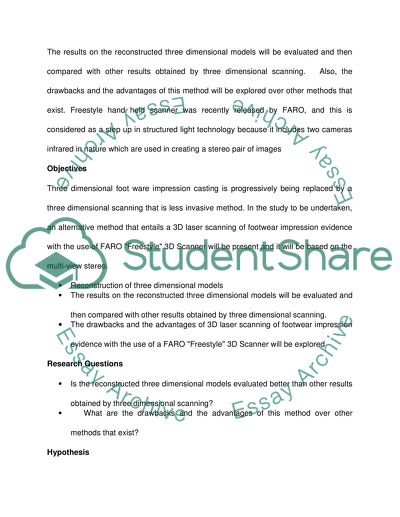Cite this document
(“Forensic 3D Laser Scanning of Footwear Impression Evidence Thesis Proposal”, n.d.)
Retrieved from https://studentshare.org/physics/1687267-forensic-3d-laser-scanning-of-footwear-impression-evidence
Retrieved from https://studentshare.org/physics/1687267-forensic-3d-laser-scanning-of-footwear-impression-evidence
(Forensic 3D Laser Scanning of Footwear Impression Evidence Thesis Proposal)
https://studentshare.org/physics/1687267-forensic-3d-laser-scanning-of-footwear-impression-evidence.
https://studentshare.org/physics/1687267-forensic-3d-laser-scanning-of-footwear-impression-evidence.
“Forensic 3D Laser Scanning of Footwear Impression Evidence Thesis Proposal”, n.d. https://studentshare.org/physics/1687267-forensic-3d-laser-scanning-of-footwear-impression-evidence.


